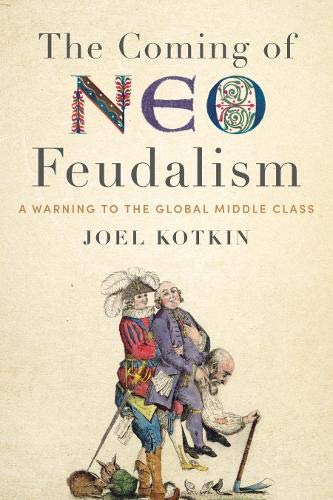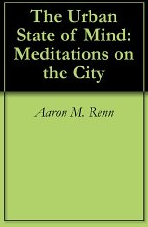As of this writing, the long-term effects of the coronavirus pandemic remain uncertain. But one possible consequence is an acceleration of the end of the megacity era. In its place, we may now be witnessing the outlines of a new, and necessary, dispersion of population, not only in the wide open spaces of North America and Australia, but even in the megacities of the developing world. read more »
China
Standard of Living Crisis Evident in New Demographia International Housing Affordability Survey
One of the principal advances of the past two centuries has been the drastic reduction in poverty and the rise of a large middle-class, a process expertly detailed by economists Diedre McClosky and Robert Gordon. read more »
- Login to post comments
A Clash of Values
Most American concerns with China revolve around economic issues, and, for some, the threat posed by that country’s expanding military. But China’s real existential challenge is not over market shares or submarines, but in a battle of values. Right now, it does not seem we are certain to win.
China presents the most profound challenge to liberal values since the end of the Cold War, a development that has caught our consistently lame political establishment by surprise. The leaders of both parties, and much of the corporate America, never saw it coming. read more »
- Login to post comments
China's Looming Class Struggle
Westerners tend to identify China’s coming political crisis with developments such as the brave, educated, and often English-speaking protests in Hong Kong. Although they undoubtably pose an annoyance to Xi Jinping’s regime, the real existential challenge to the regime derives not from China’s middle orders but from the very classes that gave birth to the Communist regime. read more »
- Login to post comments
Average Chinese Car Travels as Much as American Car
China is now the largest automobile market in the world. In 2018, 23.7 million new light vehicles were sold in China, compared to the 17.3 million sold in the United States. During the Great Recession, China displaced the US, which had been the world’s leading car market since the invention of the automobile. read more »
- Login to post comments
America Is Number One: Too Bad The Politicians Don’t See It
The United States is a great country dominated by small minds. The two dominant political forces of our time — the progressive left and the Trumpian right — have a stake in pushing a declinist narrative, one to change the country in a more statist direction, the other to stir up resentment and nostalgia among the middle-class masses. read more »
- Login to post comments
China's Urban Crisis
China stands as the primary exhibit of twenty-first-century urbanism. At a time when elite cities in the West barely manage to grow in population, Chinese cities have emerged out of virtually nothing, as hundreds of millions of people have moved from farm to city. read more »
- Login to post comments
The Shanghai to Changzhou Adjacent Urban Areas (with a Photographic Tour)
After China’s Guangzhou-Hong Kong adjacent urban areas in the Pearl River Delta (see: “Ultimate City: The Guangdong-Hong Kong-Macao Greater Bay Area”), the second most expansive urbanization in the world stretches from Shanghai to Changzhou in China. read more »
- Login to post comments
Closing the Gap
China is building a magnetically levitated (maglev) train that will “fill the gap between high-speed rail and air transportation,” says CNN. This new train may have a top speed of 370 miles per hour, which “could narrow the gap between high-speed rail and air travel,” says Republic World. read more »
- Login to post comments
America Can’t Ignore The Economic Threat Of A Rising China
In the aftermath of the Communist victory in the late 1940s, the question often asked in Washington was: “Who lost China?” That fueled the McCarthyite inquisition that followed. The question our children might ask is: “Who lost America?” read more »
- Login to post comments






















